
OSINT Tip 1: Use Google Dorks to find specific file types that may contain useful information. For example, you can search for PDF documents on a specific site by using the filetype and site operators.
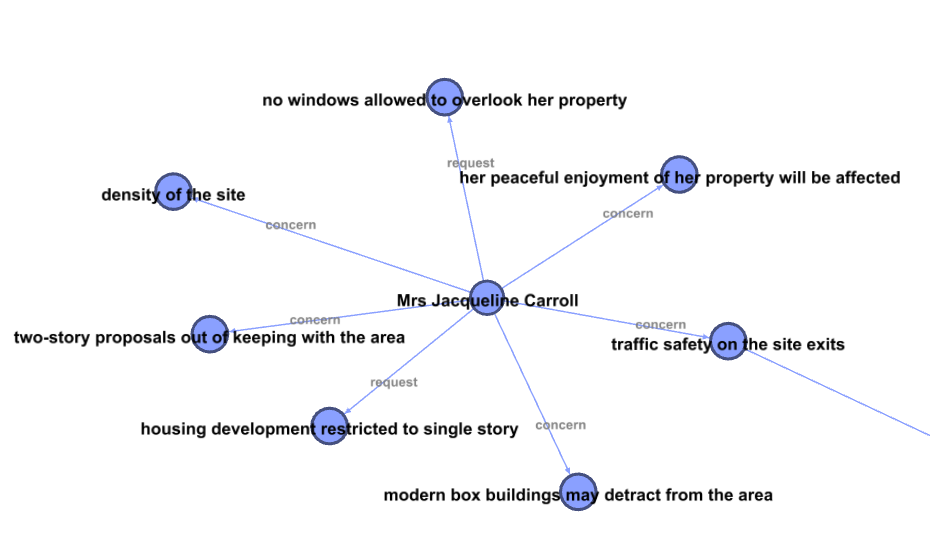
OSINT Tip 2: Comments on Planning Applications can reveal interesting insights into community dynamics in the UK.
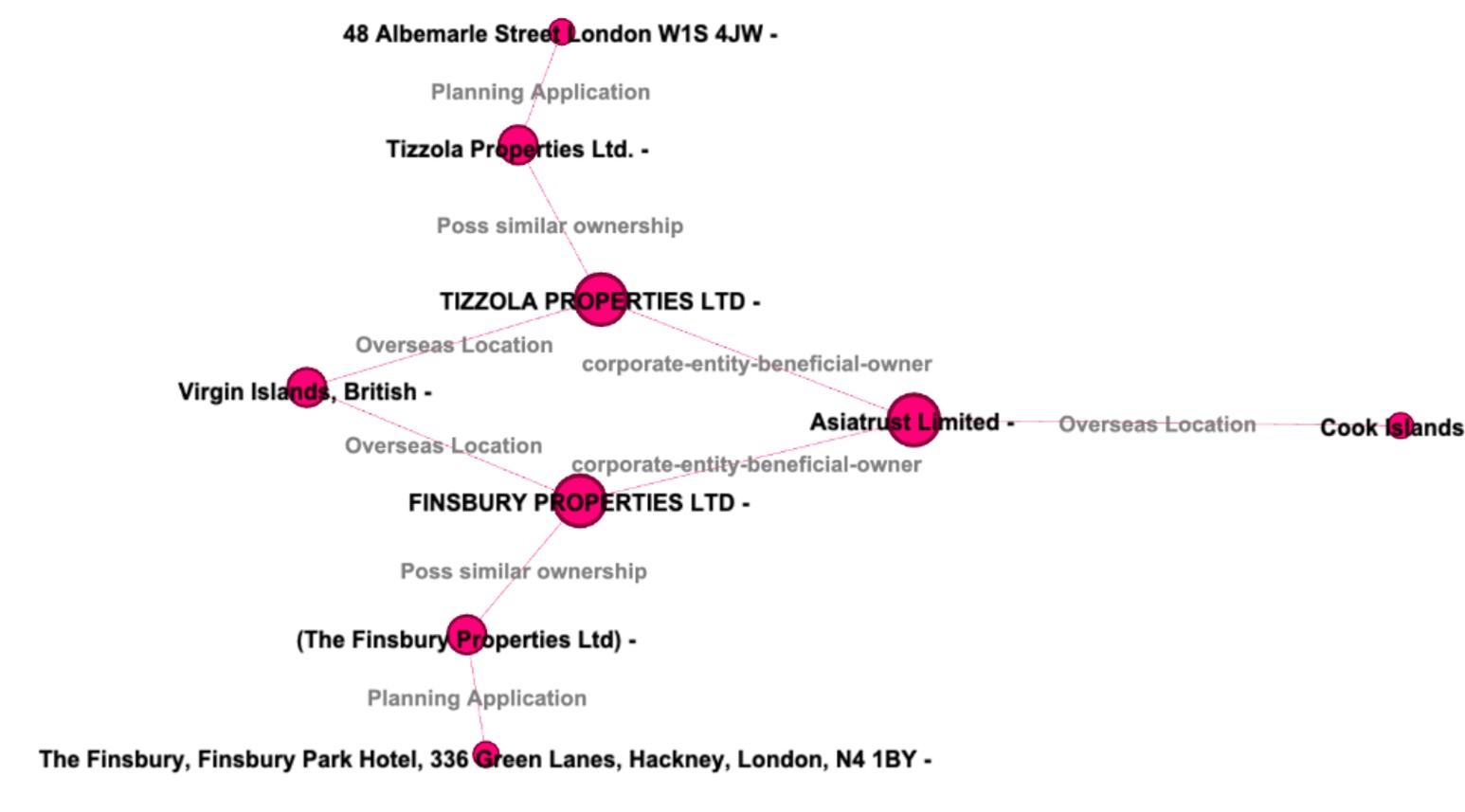
OSINT Tip 3: Leverage the UK Overseas Property Register to uncover information about properties owned by foreign entities.
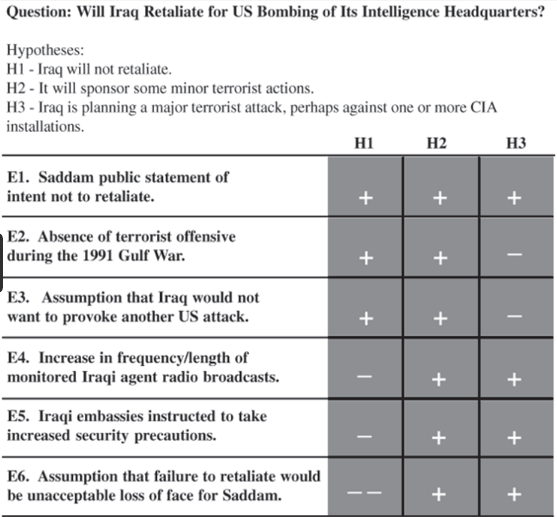
OSINT Tip 4: The Analysis of Competing Hypotheses (ACH) is a useful analytical tool for evaluating multiple competing explanations to minimise bias and identify the most likely scenario based on available evidence.

OSINT Tip 5: Use WHOIS databases to find domain ownership details.
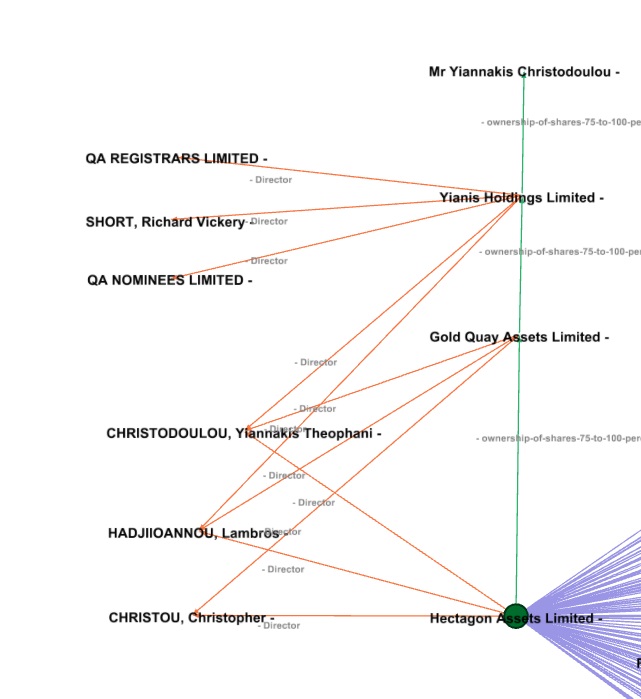
OSINT Tip 6: You may have to dig through several layers of ownership to find the Ultimate Beneficial Owner (UBO).
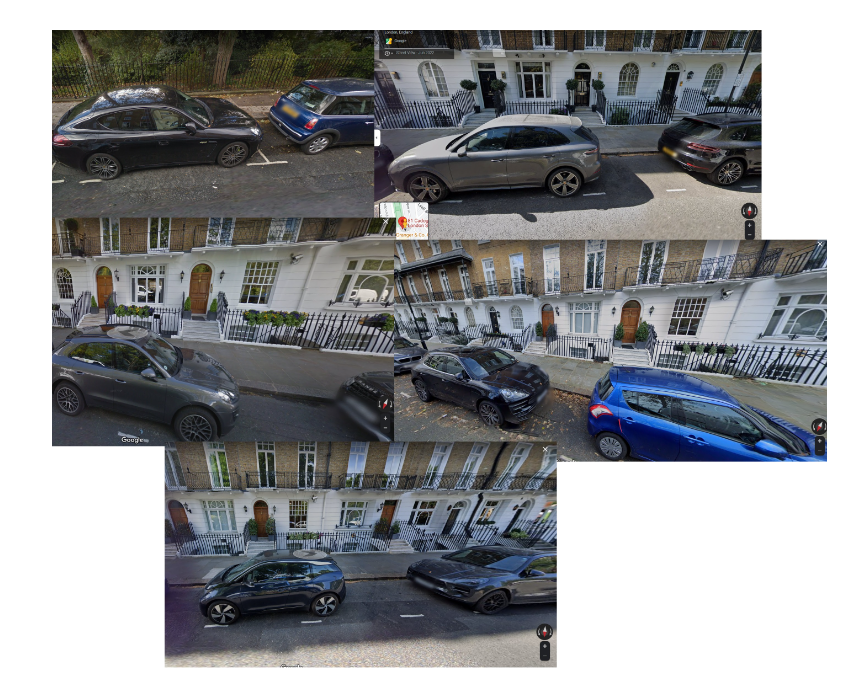
OSINT Tip 7: Historic street view captures may uncover cars or other assets belonging to owners.
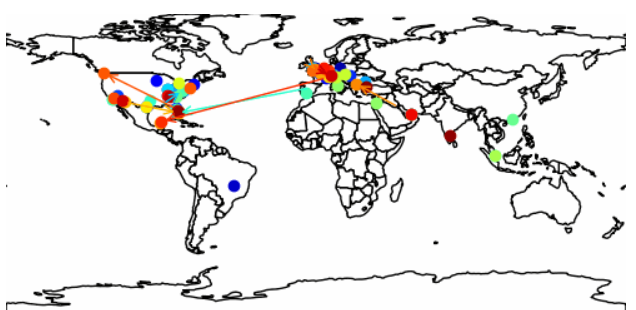
OSINT Tip 8: Private jet activity can be tracked using information that is available publicly.
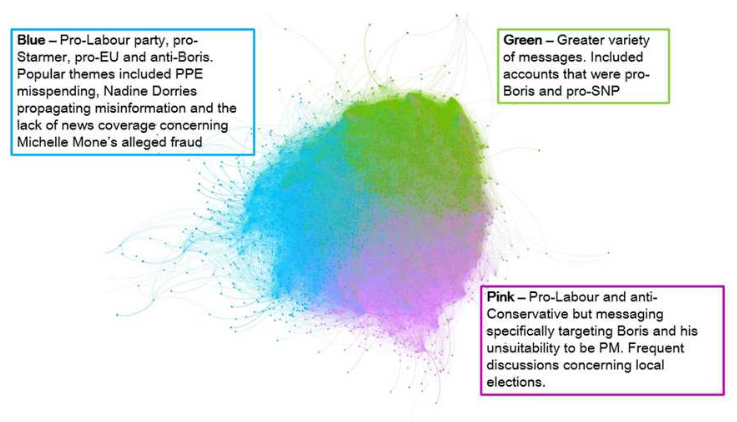
OSINT Tip 9: Leveraging LLMs to determine language similarity or semantic distance is a credible alternative to relationship based SOCMINT network analysis.
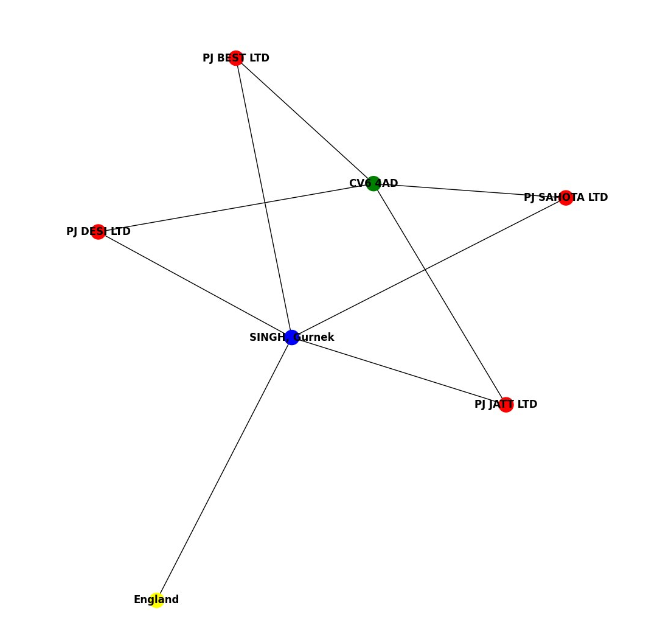
OSINT Tip 10: Multiple company registrations to the same UK address in a short space of time can be indicative of illicit activity.

OSINT Tip 11: Anchoring bias is the tendency to place undue weight on the first piece of information you come across.

OSINT Tip 12: Confirmation bias is the tendency to only consider hypotheses you already believe are true.

OSINT Tip 14: The more common a name is, the longer a search will take. As an example, John Smith may take > 5 minutes

